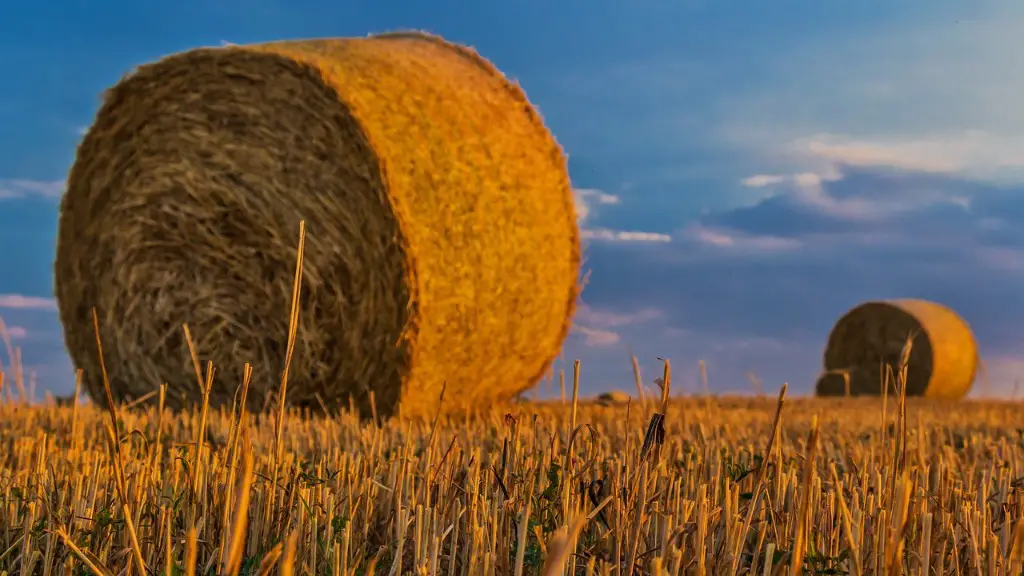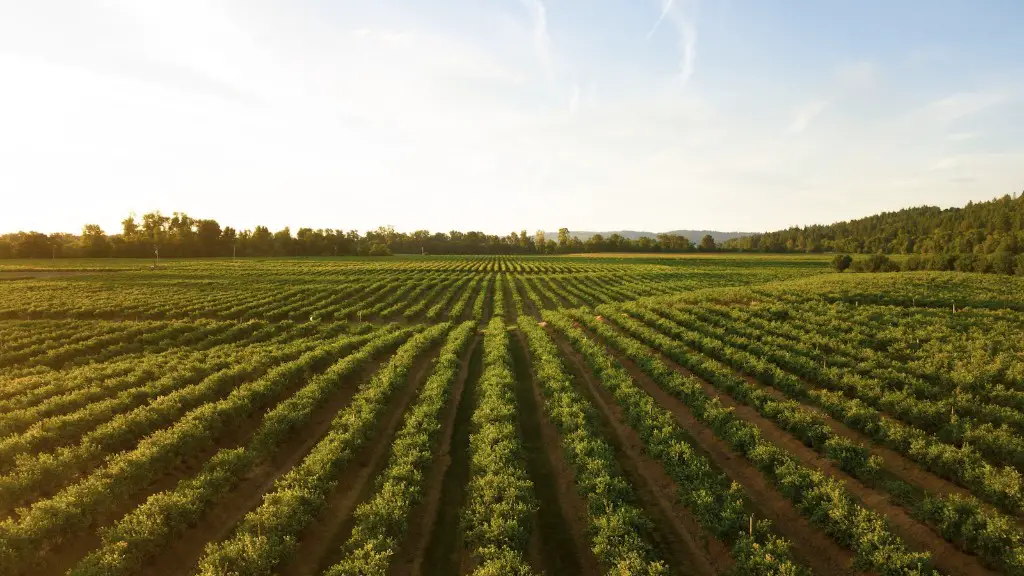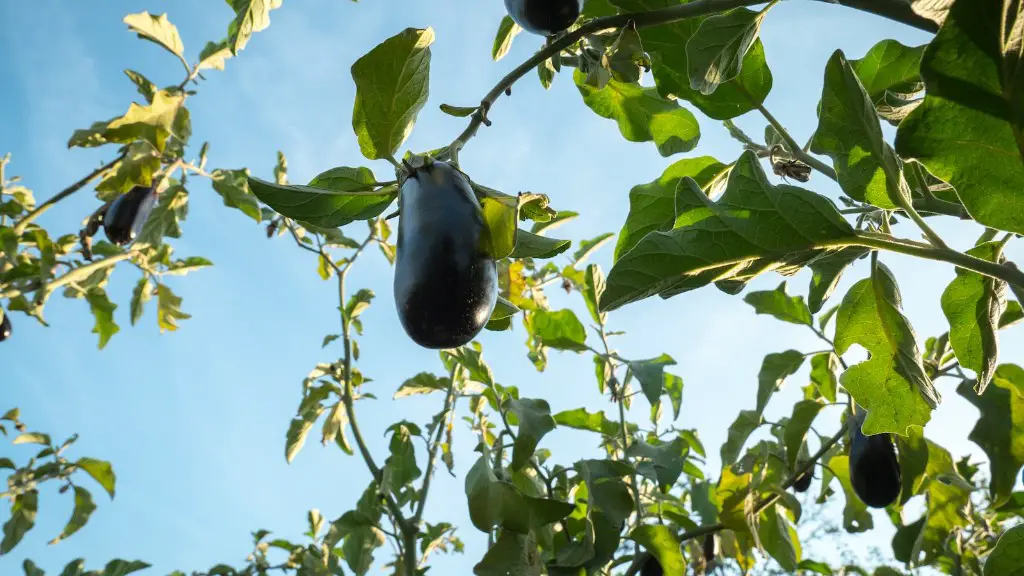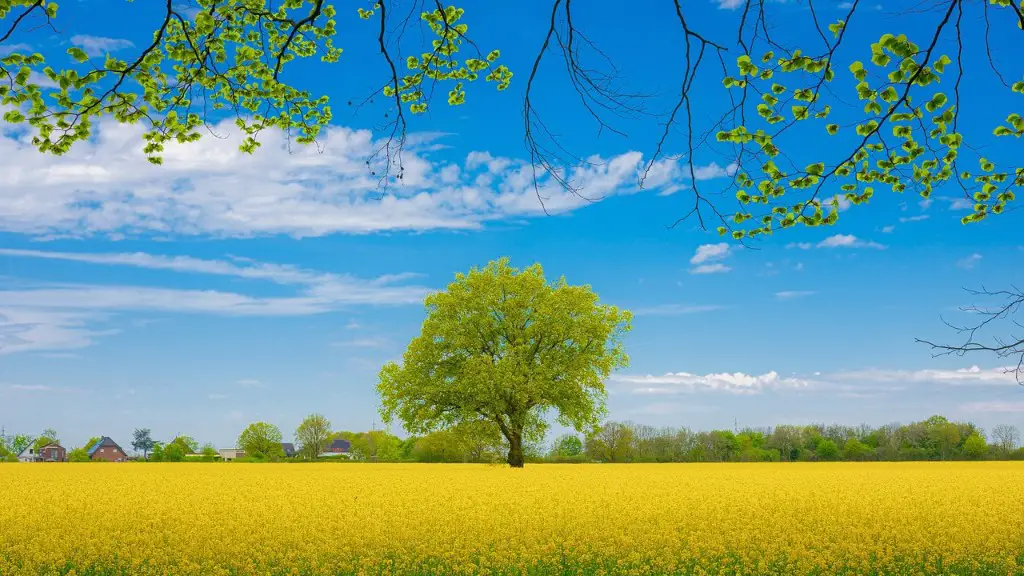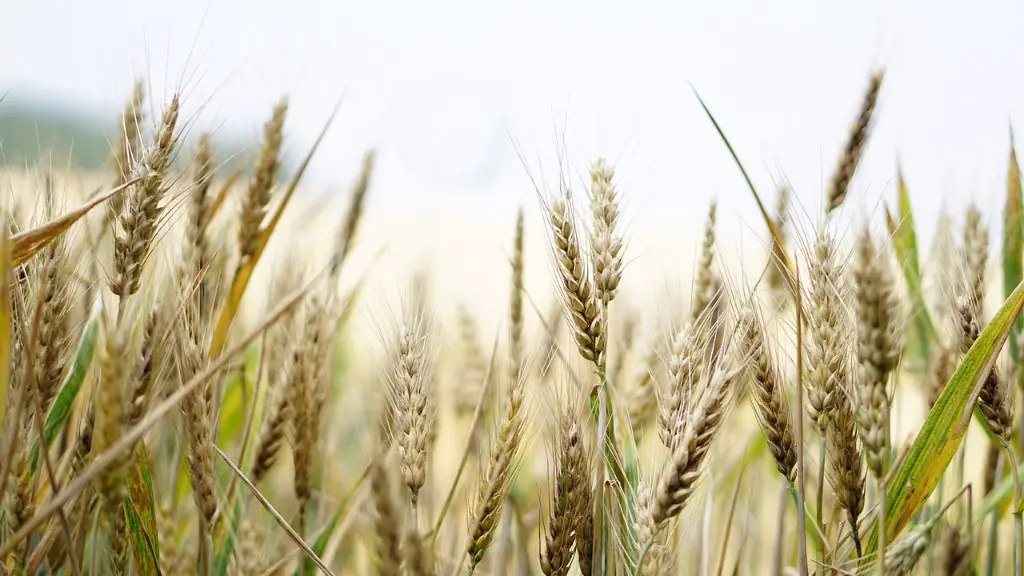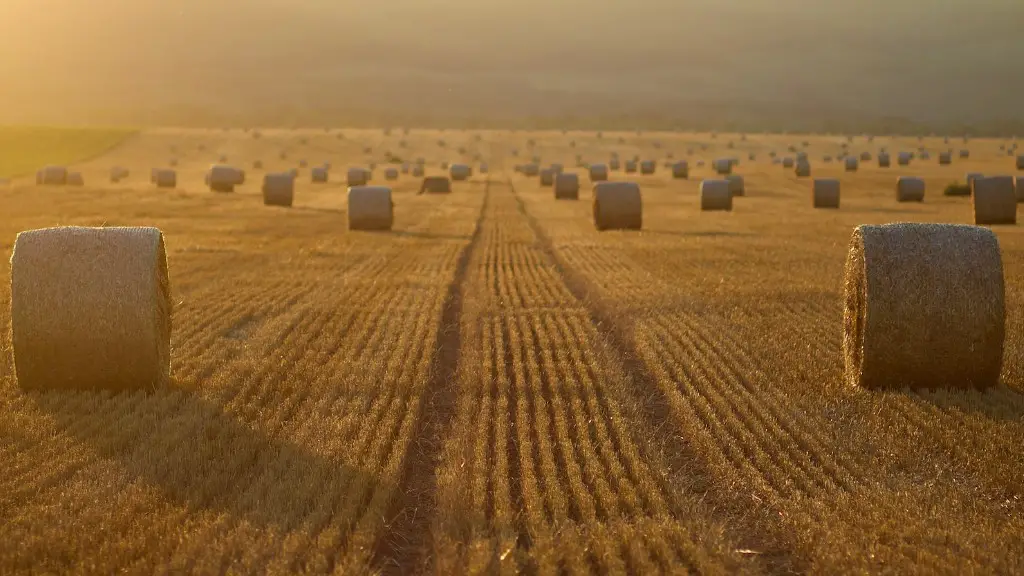Animal agriculture is a major contributor to environmental degradation and is considered one of the leading causes of climate change. Animal-derived products and by-products create a large amount of pollution and consume a large amount of land, water, and energy. The methane, nitrous oxide, and other greenhouse gases generated by industrial-scale livestock farming is having a devastating impact on our environment.
One of the most pressing issues of animal agriculture is the amount of land it covers. In order to support and sustain the animals, vast swathes of land are needed for grazing and feed production. This land is often acres of natural environment such as forests, grasslands, savanna, etc. which is then taken away from other species and drastically reduces their habitats. Animal agriculture also requires a lot of water, and much of this comes from water sources that are already overburdened and in short supply. Additionally, the heavy use of fertilizers, pesticides, and antibiotics all end up in our water systems, creating further pollution and degradation.
The air quality around animal agriculture-intensive areas can become severely degraded, resulting in respiratory and cardiac illnesses in the surrounding communities. Many of these areas are already home to people vulnerable to such issues, meaning they are exposed and greatly affected by the pollution. On top of this, the by-products of animal agriculture are also incredibly damaging to the environment, as agricultural runoff has been found to contain copious amounts of pollutants such as phosphorous, nitrogen, and pesticides. This runoff then finds its way into our ground and surface water systems, making them toxic for both humans and aquatic species.
Animal agriculture is also responsible for the immense amount of deforestation happening around the world. These areas are cleared and replanted with crops that are specifically grown to feed the animals in industrial farms. This contributes to soil erosion, loss of biodiversity, and a decrease in water availability. These issues are further complicated with the transport of the animals which leads to air and noise pollution. Finally, the significant amounts of energy that factory farming requires are leading to an increase in greenhouse gas emissions which are a major cause of climate change.
Livestock
Livestock farming has a large environmental footprint and is one of the main contributors to the issue of climate change. Animals used in animal agriculture such as cows, sheep, and chickens emit significant amounts of methane and nitrous oxide into the atmosphere, which are two of the most influential greenhouse gases. This is even further compounded by the widespread use of inorganic fertilizers, antibiotics, and pesticides in the livestock industry. These not only have an impact on air pollutants, but also find their way into our water sources, promising a bleak future when it comes to our drinking water.
Additionally, in order to produce animal products, vast swaths of land are needed for grazing and feed production. These habitats are often converted from native vegetation and animal habitats, further degrading nature and destroying ecosystems. This also results in soil erosion, water sedimentation, and nutrient runoff, all of which lead to water pollution. Livestock farming also requires a lot of calories to feed the animals and vast amounts of energy to move the food to their farms and transport their products. This leaves an even larger energy footprint, leading to even more pollution and a greater impact on climate change.
Furthermore, the production of animal products is incredibly inefficient in terms of water use. It takes approximately 15,500 liters of water to produce 1 kg of beef, while the same amount of grain takes only 1,500 liters. This underscores just how much water is needed to produce livestock and the devastating consequences it has on our precious water resources. To make matters worse, these water sources are then contaminated by animal waste and other pollutants, making them unusable for humans.
Even manufacturing the by-products of animal agriculture requires a large amount of energy and has a massive impact on our environment. These by-products include leather, fur, wool, and feathers and the production of them has a large impact on air quality, water availability, and soil degradation. Finally, the chemicals used in the production and preservation of many of these animal-derived products are persistent and potentially toxic.
Crops Used to Feed Animals
The crops used to feed animals are contributing just as significantly to the degradation of the environment. Growing enough crops to feed the ever-increasing population of livestock takes vast amounts of energy. This energy is used for manufacturing fertilizers, pesticides, herbicides, and irrigation systems, all of which contribute to climate change and air pollution.
Additionally, the land used for growing these crops often require excessive water, fertilizer, and energy for production. This affects water availability, soil quality, and air quality, all of which lead to human health issues and put nature in danger. Livestock feed is also incredibly inefficient when it comes to feeding humans, as it takes an average of 9 kg of grain to produce 1 kg of beef. This discrepancy in the ratio of resources to products is a major problem and presented a lot of environmental and social issues.
The production and transport of animal feed crops also adds to the pollution of our atmosphere. These crops are usually produced in distant countries and then transported long-distance to feedlot facilities, further adding to the already high levels of greenhouse gas emissions. The production and transportation of animal feed also requires a large amount of fuel, and because of this, it is estimated that the animal agriculture sector contributes to between 13-18% of all global emissions.
Finally, these crops are often replaced with monocultures, which do not provide much in terms of biodiversity and make the habitats even more vulnerable. Monocultures also require a large amount of water and the soil can become depleted of essential nutrients, making them unsuitable for any other crops.
The Impacts on Biodiversity
Animal agriculture is having a devastating impact on biodiversity, as native habitats are cleared to make room for livestock and feed crops. This results in the displacement of many species and the destruction of entire ecosystems. Animal agriculture also pollutes our air, water, and soil, making them toxic and unsuitable for many species. Furthermore, the overuse of pesticides and other pollutants has been documented to cause harm on a broad scale, poisoning wildlife, crops, and humans alike.
The loss of biodiversity has wide-reaching environmental and social implications. Not only does it lead to habitat destruction, but it also affects the integrity of ecosystems around the world. As plants and animals are wiped out, so are the other species they keep in balance. This means that certain species, such as the top predators, will become overpopulated, leading to further issues down the line.
The damage to biodiversity also has economic and social repercussions. As habitats are fragmented, populations of certain species will move, resulting in changes in species composition, population patterns, and migration patterns. This can have a detrimental effect on the countries and communities dependent on these resources for both food and income.
To make matters worse, the animal agriculture sector is becoming increasingly more industrialized, leading to even more destruction of native habitats. This further exacerbates the issues around biodiversity and land degradation.
The Impact on Human Health
The environmental impacts of animal agriculture are well-documented, but the impacts on human health are often overlooked. Animal agriculture is responsible for many human diseases due to the air pollutants and water contamination, both of which can lead to respiratory issues and cardiopulmonary illnesses.
Studies have also linked factory farming and the overuse of antibiotics to the emergence of antibiotic resistance. As bacteria become more resistant to antibiotics, it can cause diseases that cannot be treated, resulting in more human deaths and an increased financial burden on healthcare systems. Finally, the overuse of pesticides in animal agriculture has been shown to cause cancer and other diseases in humans who consume the animal products.
Aside from the health issues, animal agriculture also impacts human communities, who are often the most vulnerable to the environmental impacts of animal agriculture. People living in these areas are exposed to high levels of air pollution and water contamination, making them more susceptible to respiratory diseases and other illnesses. Furthermore, these people are often poor and lack access to healthcare, making them especially vulnerable to the effects of such environmental issues.
The degradation of the environment also has a deep impact on the mental and psychological health of people, as many of these communities rely on the natural environment for physical and spiritual nourishment. Thus, it is essential to consider the human cost of animal agriculture, as it can have deep implications for social, mental and physical health.
The Impact on Animals
Finally, we must not forget the millions of animals that are used for animal agriculture. The farming process is often cruel and inhumane, as the animals are kept in overcrowded and confined conditions. This leads to stress and behavioral problems in the animals, as well as physical ailments such as lameness, fatigue, and poor nutrition. Additionally, animals used in animal agriculture often face painful alterations such as tail docking, de-beaking, and castration.
Animal agriculture also has devastating consequences on wild areas and their animals. Wildlife such as birds, amphibians, and fish are affected by the pollutants in the environment and the destruction of natural habitats. Additionally, the production of animal products often requires large-scale deforestation, which leads to the displacement of native species and the destruction of landscapes.
In conclusion, animal agriculture is having a huge impact on the environment, both in terms of air and water pollution, climate change, and biodiversity. It is essential that we address these issues in order to protect our planet and its inhabitants. By reducing our consumption of animal products, we can make a real difference in our environment and live in a healthier and more sustainable world.
